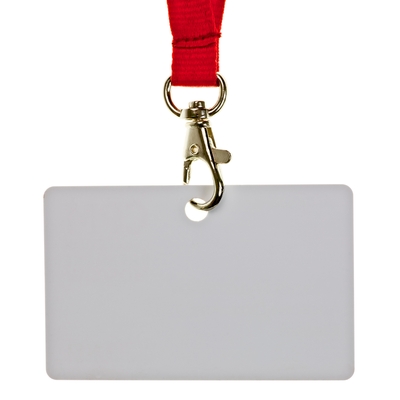Straight from our advertising brethren:
“The biggest barrier to engagement (according to a recent Association of National Advertisers’ survey) is the start-up’s inability to accurately describe its offering meaningfully, relevantly.”
The study goes on to say that even more than the 1/3+ of marketers who now work with marketing technology newcos – in social media, analytics, content development et al. – would do so … if they could figure out what the start-up did.
Shades of messaging 101.
Too many businesses, from our perspective, think that a tagline, a slogan, an elevator pitch, and a brand will tell a slew of audiences what it is and what it does. Fallacies lurk in those assumptions. Just ask yourself these questions :
- Is the ‘about us’ pitch broad enough, suitable enough to cover most (if not all) of the company’s products and services?
- Are spokespeople comfortable in delivering their sound bytes?
- How do managers and leaders tailor it for their needs – and does it still resonate with all stakeholders?
- Finally, do leaders agree?
One of the hidden benefits of developing the right messages is driving home consensus. In other words, executives not only agree with the best way to describe the company but they also connect with it, bond with it, and get downright comfortable in talking about it.
 Yes, it takes a while. It’s messy. And noisy. But afterwards, no one will ever ask you what your company does for a living.
Yes, it takes a while. It’s messy. And noisy. But afterwards, no one will ever ask you what your company does for a living.

